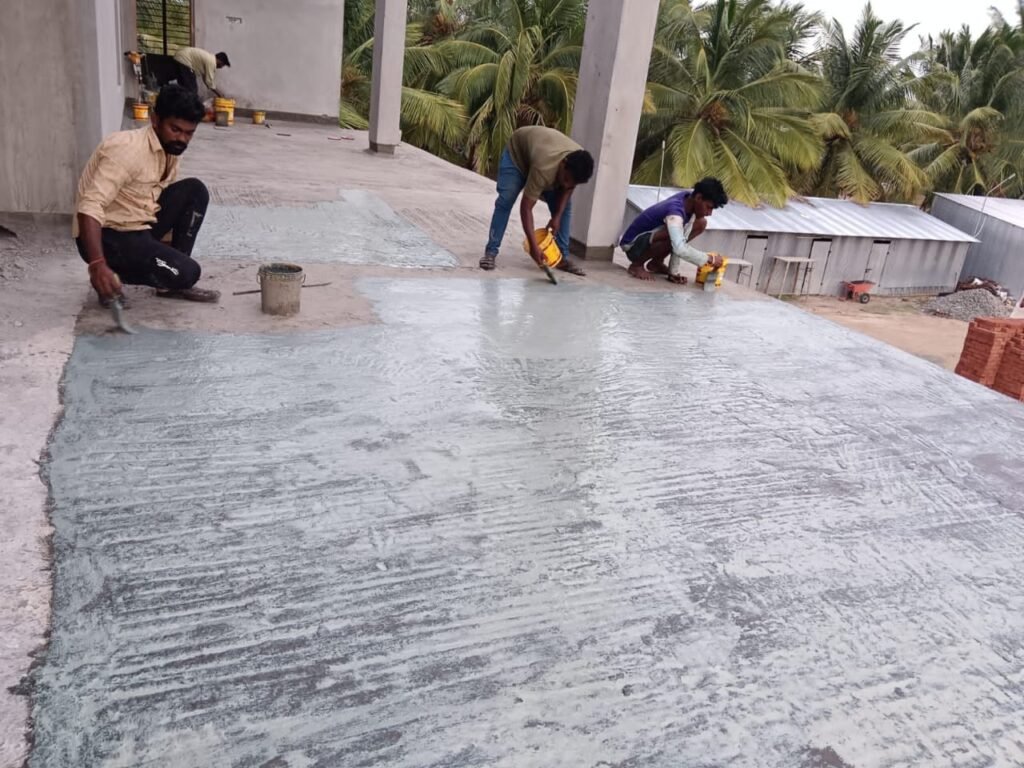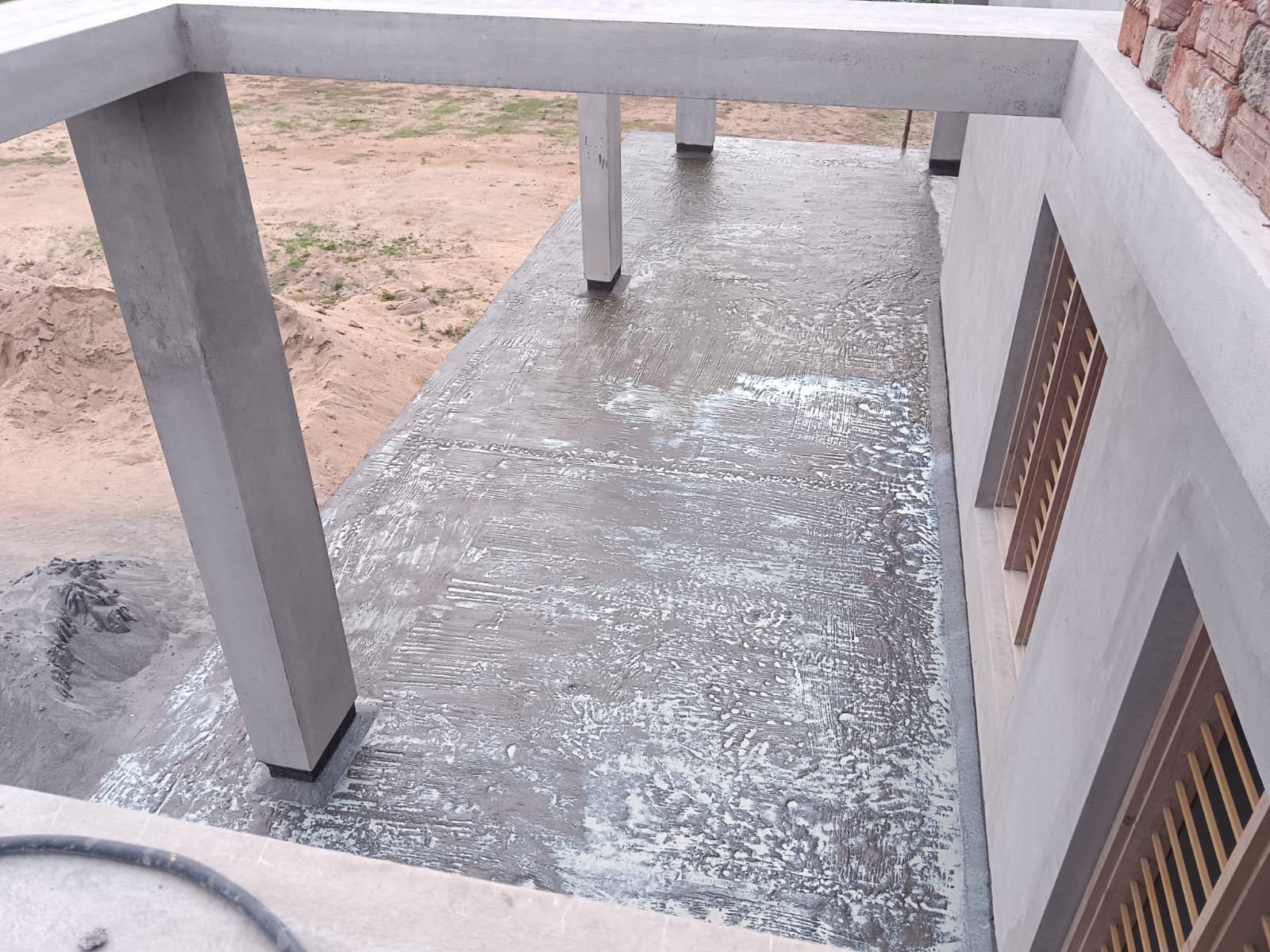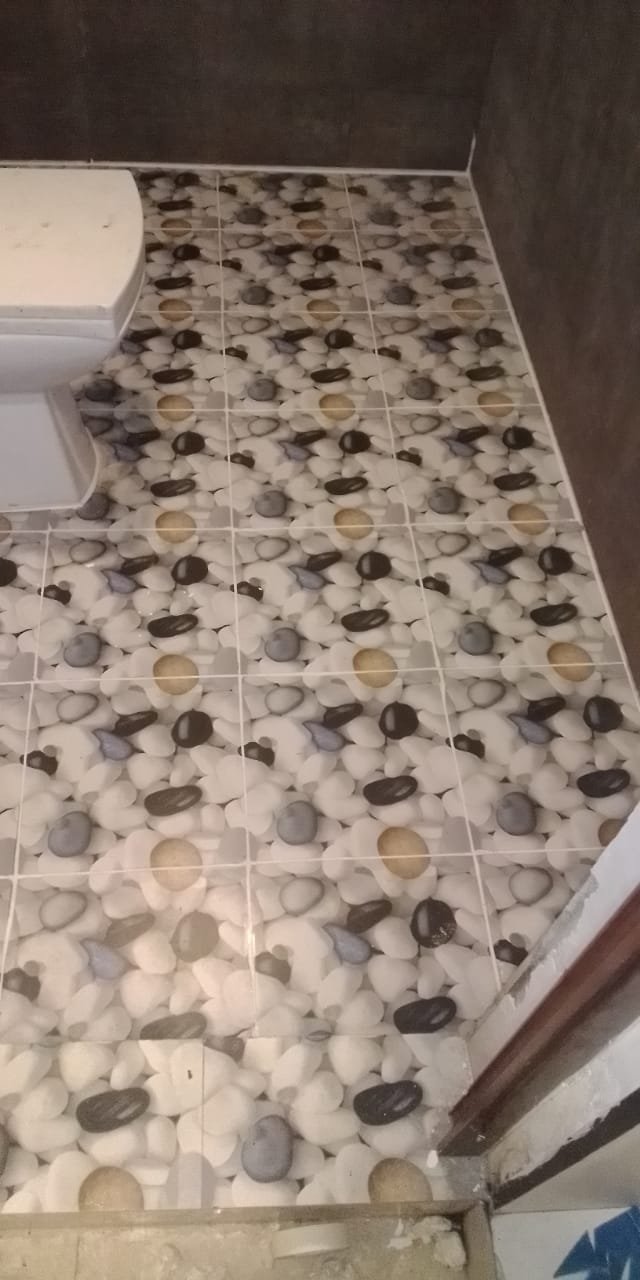WATERPROOFING ON MOTHER SLAB
WATERPROOFING
ON MOTHER SLAB
INTRODUCTION
Waterproofing the mother slab, also known as the base slab or structural
slab, is a critical aspect of construction to ensure the durability and
longevity of the entire building structure. The mother slab forms the
foundation upon which the rest of the building is erected, making it essential
to protect it from water damage, which can compromise its structural integrity
over time.
PROCESS OF WATERPROOFING ON
MOTHER SLAB
Here is a general guideline for waterproofing a mother slab:
v Surface Preparation: Clean the surface
thoroughly to remove any dirt, dust, grease, or other contaminants. Repair any
cracks or imperfections in the slab.
v Choose Waterproofing Material: There are
various waterproofing materials available in the market such as liquid
membranes, sheet membranes, cementitious coatings, and bituminous coatings.
Select a waterproofing material suitable for the specific requirements of your
project.
v Application of Waterproofing Material:
·
Liquid Membrane: Apply the
liquid membrane evenly over the surface of the slab using a brush, roller, or
spray equipment. Ensure proper coverage and thickness as per manufacturer’s
recommendations.
·
Sheet Membrane: Install the
sheet membrane according to the manufacturer’s instructions, making sure there
are no wrinkles or air pockets.
·
Cementitious
Coatings: Prepare the coating mixture as per manufacturer’s instructions and
apply it to the surface of the slab using a trowel. Multiple coats may be
necessary.
·
Bituminous
Coatings: Heat the bituminous material to the recommended temperature and apply
it evenly over the slab surface. Multiple layers may be required for adequate
waterproofing.
v Sealing Joints and Cracks: Pay special attention to
joints, corners, and any cracks in the slab. Use appropriate sealants to seal
these areas and ensure a continuous waterproof barrier.
v Curing and Drying: Allow the waterproofing
material to cure and dry completely as per manufacturer’s recommendations
before proceeding with further construction activities.
v Protection: Once the waterproofing is
done, protect the surface from damage during subsequent construction
activities. Avoid heavy traffic and protect the surface from exposure to harsh
weather conditions.
v Quality Check: After the waterproofing is
complete, perform a thorough quality check to ensure that there are no defects
or areas of weakness in the waterproofing system.
It is important to follow the manufacturer’s instructions and industry
best practices for the specific waterproofing material being used.
Additionally, consulting with a waterproofing expert or engineer can help
ensure that the waterproofing system meets the requirements of your project and
provides long-lasting protection against water infiltration.
CONCLUSION
Waterproofing the mother slab is an indispensable component of
construction that cannot be overlooked. The mother slab serves as the
foundation upon which the entire building structure rests, making it
susceptible to water infiltration and potential damage if not properly
waterproofed. By implementing a robust waterproofing system, construction
professionals can safeguard against a myriad of problems such as concrete
deterioration, corrosion, and mold growth, ensuring the longevity and
structural integrity of the building.

Related Posts
Leave a Reply Cancel reply
You must be logged in to post a comment.




